Chinese manufacturers continue to make huge strides in their ability to produce competitively priced electric vehicles (EV), sparking a shift in market dynamics, according to JATO Dynamics’ latest report EV price gap: A divide in the global automotive industry.
According to JATO data, while the average retail price of electric cars available in China was 37% and 26% higher than those available in Europe and the US in 2015, this trend has since reversed with Chinese OEMs continuing to accelerate ahead of their Western counterparts in EV production.
In the first half of 2022, the average retail price of a battery electric vehicle (BEV) in China fell to €31,829, while rising to €55,821 in Europe and €63,864 in the US over the same period. A year later and the price gap has further widened, with the average retail price of an electric car available in China now less than half the price seen in both Europe and the USA.
Chinese manufacturers continue to make huge strides in their ability to produce competitively priced electric vehicles (EV), sparking a shift in market dynamics, according to JATO Dynamics’ latest report EV price gap: A divide in the global automotive industry.
According to JATO data, while the average retail price of electric cars available in China was 37% and 26% higher than those available in Europe and the US in 2015, this trend has since reversed with Chinese OEMs continuing to accelerate ahead of their Western counterparts in EV production.
In the first half of 2022, the average retail price of a battery electric vehicle (BEV) in China fell to €31,829, while rising to €55,821 in Europe and €63,864 in the US over the same period. A year later and the price gap has further widened, with the average retail price of an electric car available in China now less than half the price seen in both Europe and the USA.
In the first half of 2023, an electric car cost €31,165 in China, €66,864 in Europe, and €68,023 in the US.
Despite efforts by Western OEMs to produce more affordable EVs, these models continue to cost more than their gasoline and diesel equivalents. Today, consumers would need to spend €18,285 and €24,400 more to buy an EV in Europe and the US, respectively – this is 92% and 146% more than they would need to pay for the cheapest combustion car available.
In comparison, in China the cheapest electric vehicle costs 8% less than the cheapest ICE equivalent.
The affordability of its EV offering has also driven China’s growth in emerging markets, where its OEMs have become the preferred choice among consumers. In the first half of 2023, Chinese vehicles accounted for the majority of BEV sales in Israel (61%), Russia (91%), and Thailand (79%), and had a market share of more than a quarter in Brazil (27%), Malaysia (28%), Mexico (30%), the Philippines (33%), Chile (27%), and Indonesia (29%).
China’s EVs are not only competing on price, but also in terms of quality and power. Today, China can produce and sell an electric car with 200-300 horsepower (hp) for an average of €30,500/$33,150. For example, BYD offers its Seal – a midsize sedan – with 204 hp on its Elite trim in China for just €24,106/$26,197. In Europe, the closest rival in price is a Renault Twingo Equilibre - a city-car produced in Slovenia – priced at €24,320/$26,430 with just 81 hp.
By focusing on a range of models across numerous segments, China has not only managed to reduce the average price of its EV offering but has also kept price tags low where others continue to rise. In China, consumers can choose from 235 different EVs, however in Europe and the US, the range is far smaller with 135 and 51 models available respectively in each market.
With annual domestic sales reaching over 25 million units, there is more than enough room for China’s local car brands to produce additional models, unlike in developed economies where markets are generally more mature and therefore saturated.
Felipe Munoz, global analyst at JATO Dynamics, commented: “As China becomes an increasingly influential player on the global automotive stage, its brands are becoming more visible in countries where, just a few years ago, consumers would not have considered them a viable alternative.
“This is a trend that has been driven by the relative affordability of its models in comparison to those produced by its Western peers, and while the US and the EU have responded to the challenge posed by China through major policy decisions, policy alone will not be enough to address the issue of affordability. Rather, Western OEMs must shift their focus towards the research and development of new technologies and production processes designed specifically for a fully electrified future.”
Login to continue reading
Or register with AM-online to keep up to date with the latest UK automotive retail industry news and insight.

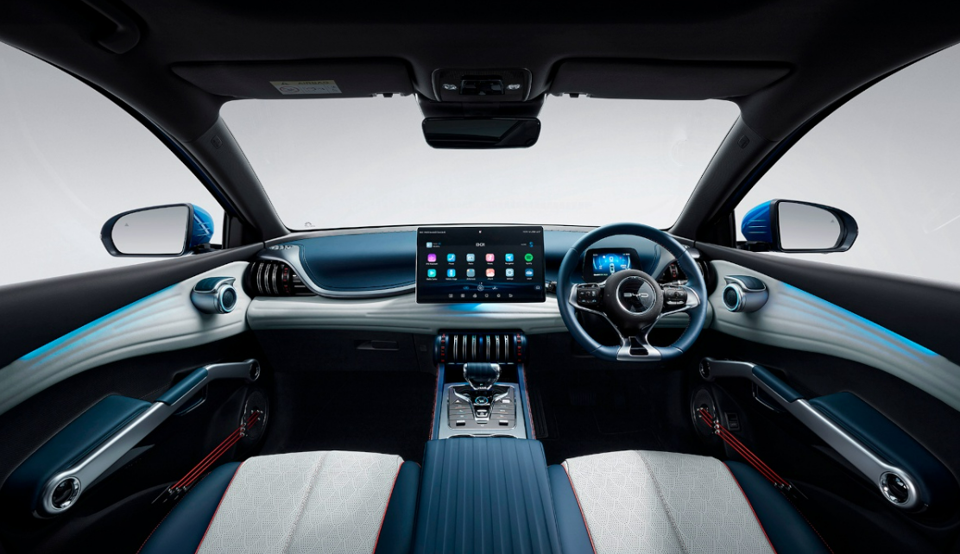


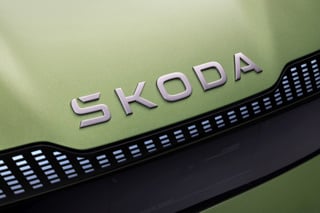
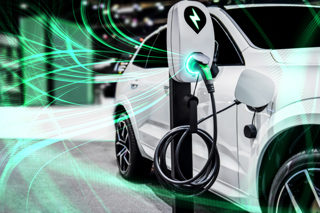

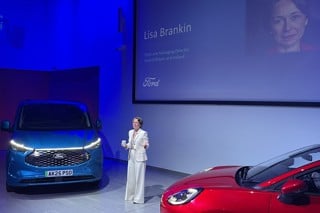
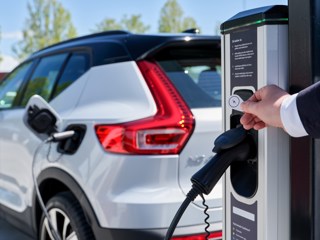











Login to comment
Comments
No comments have been made yet.